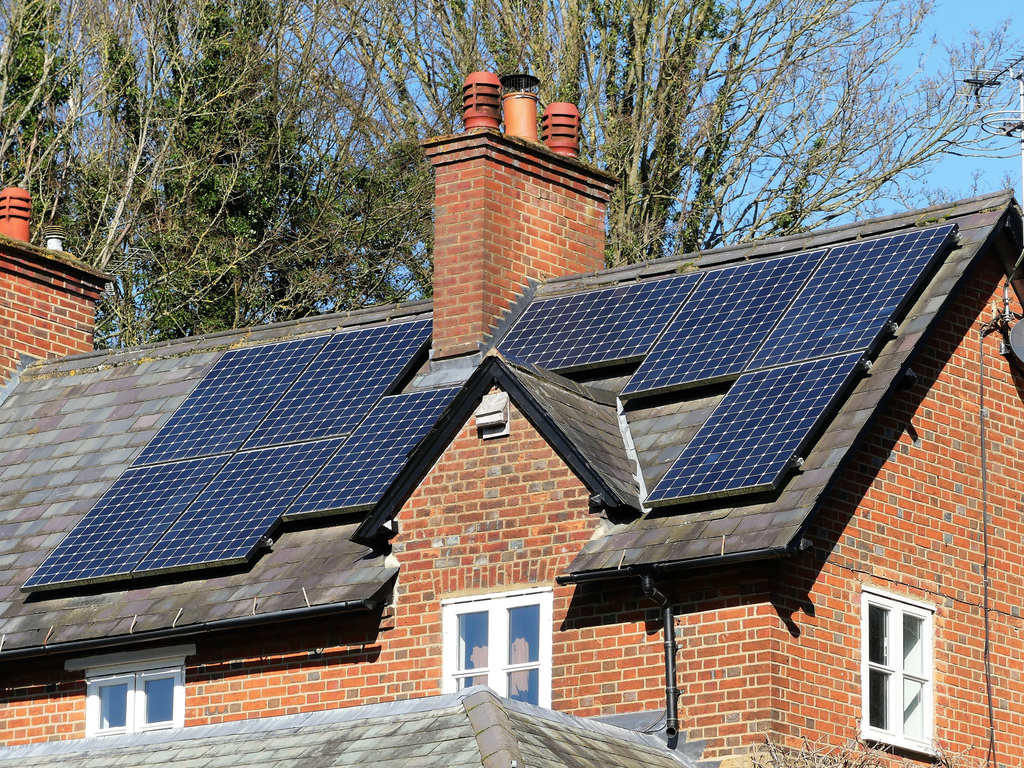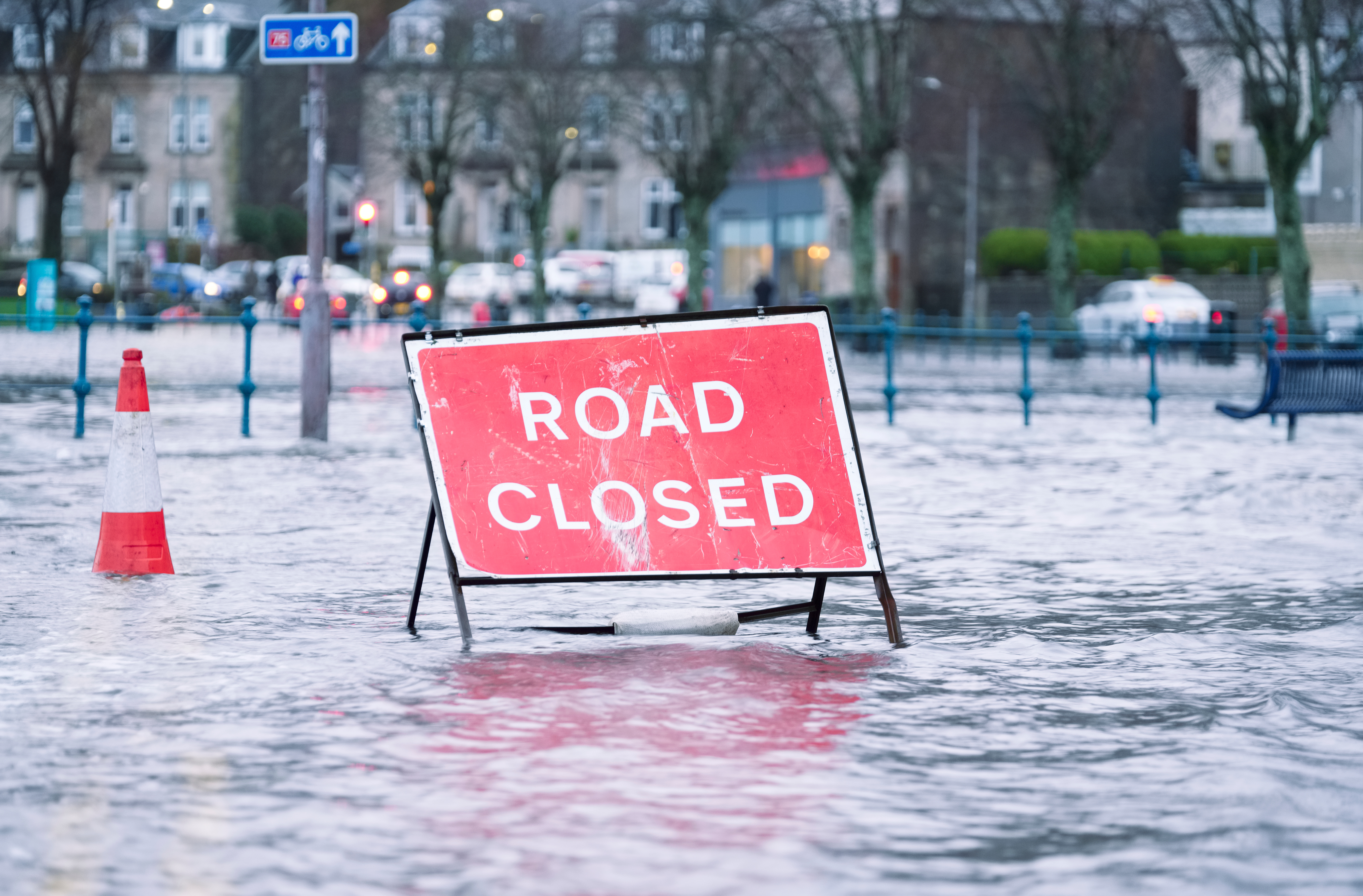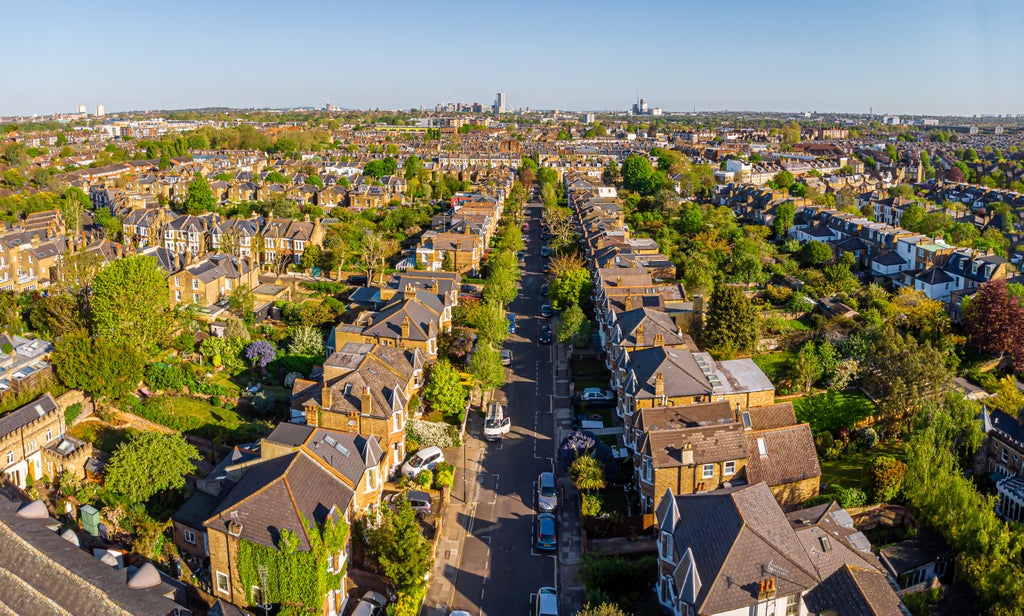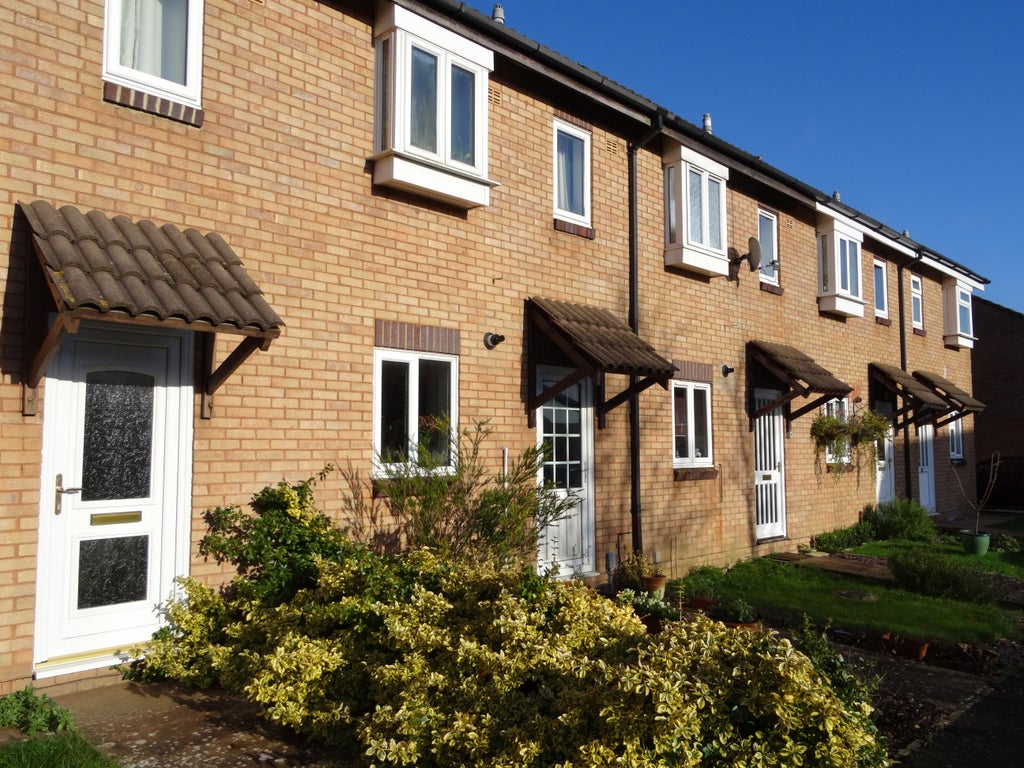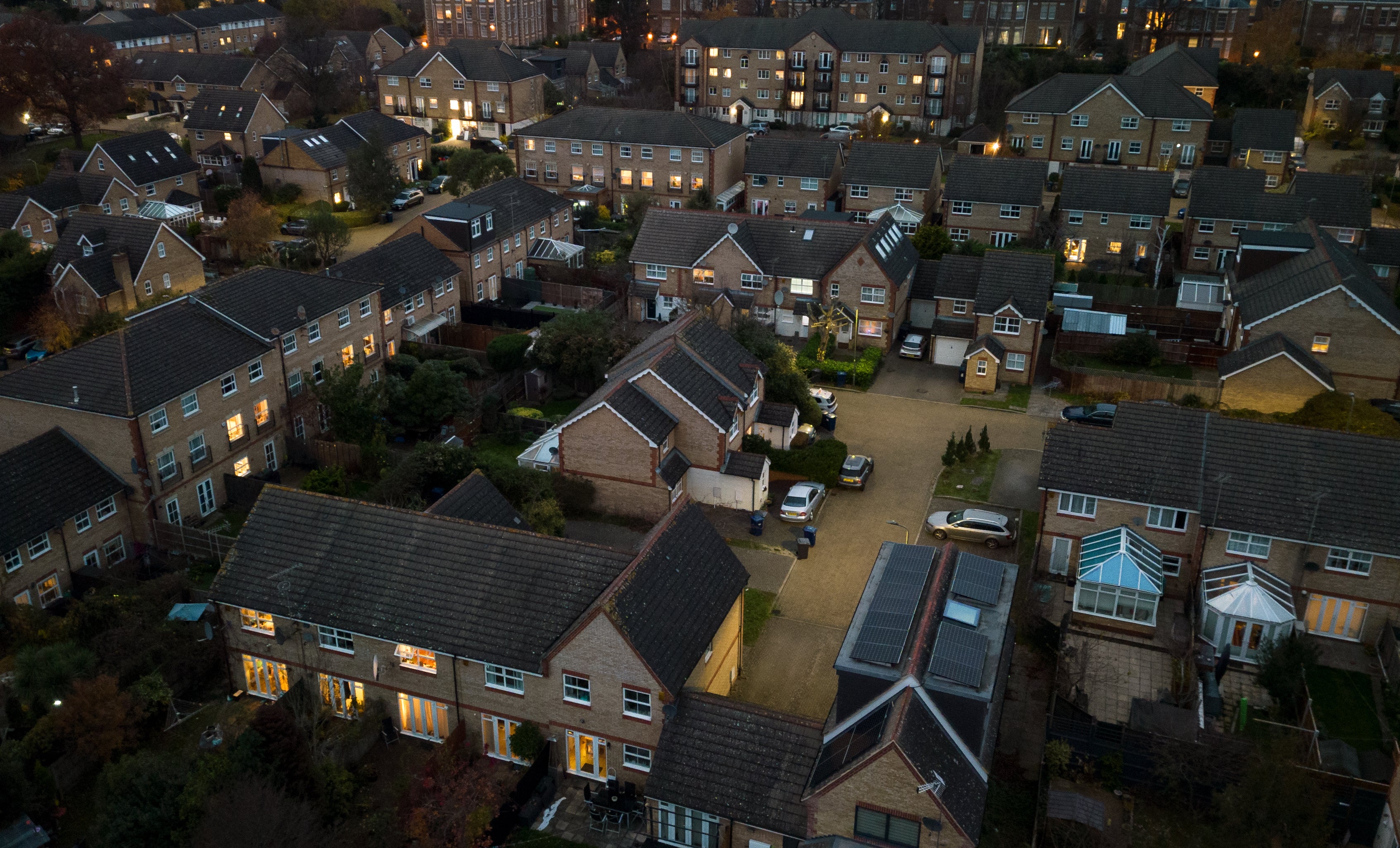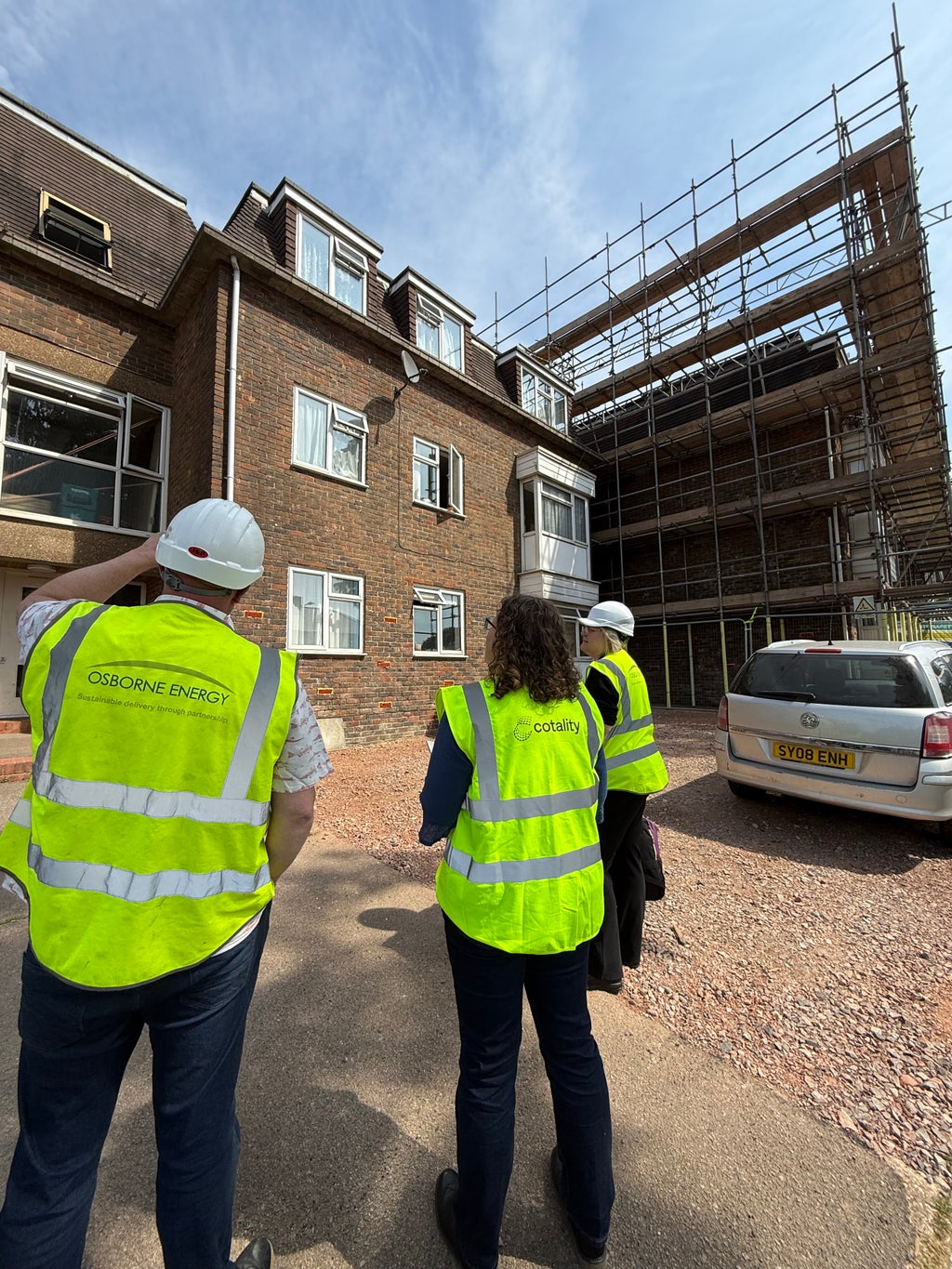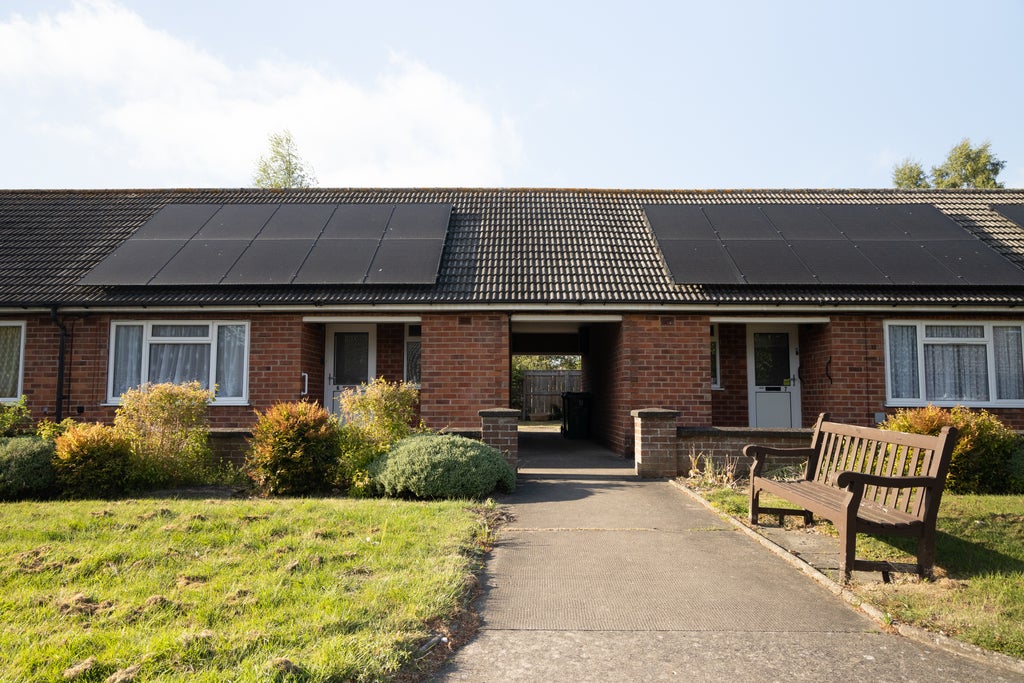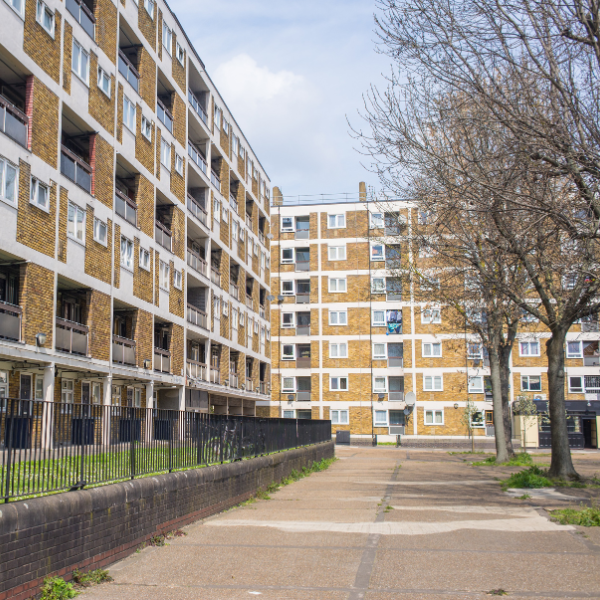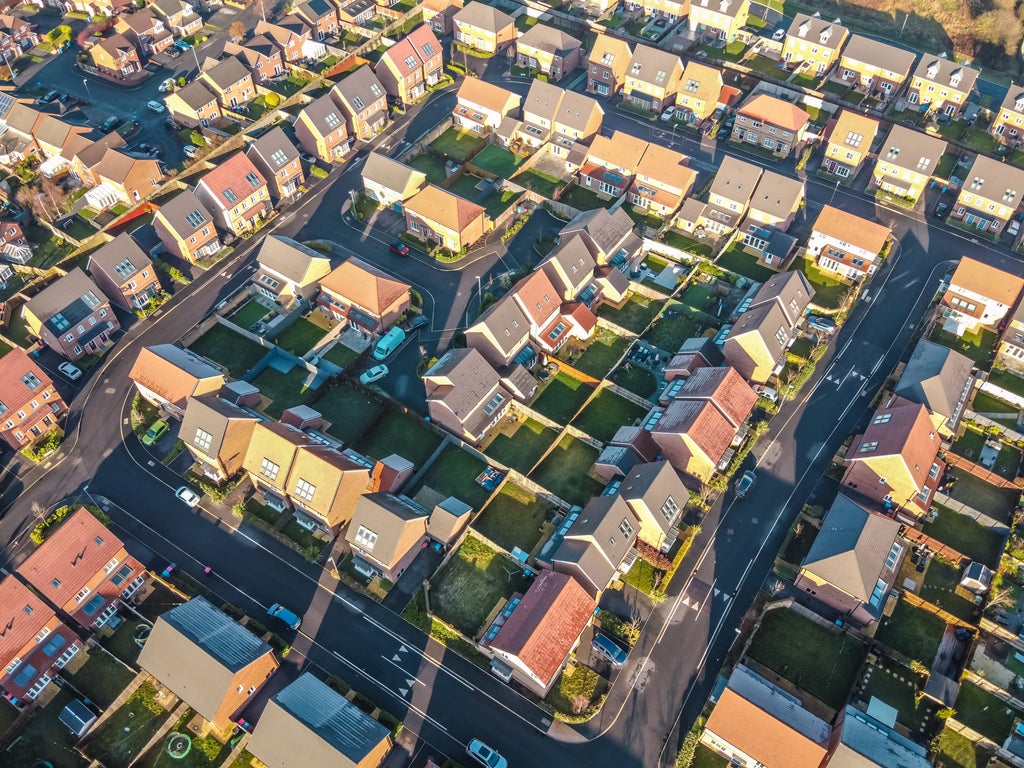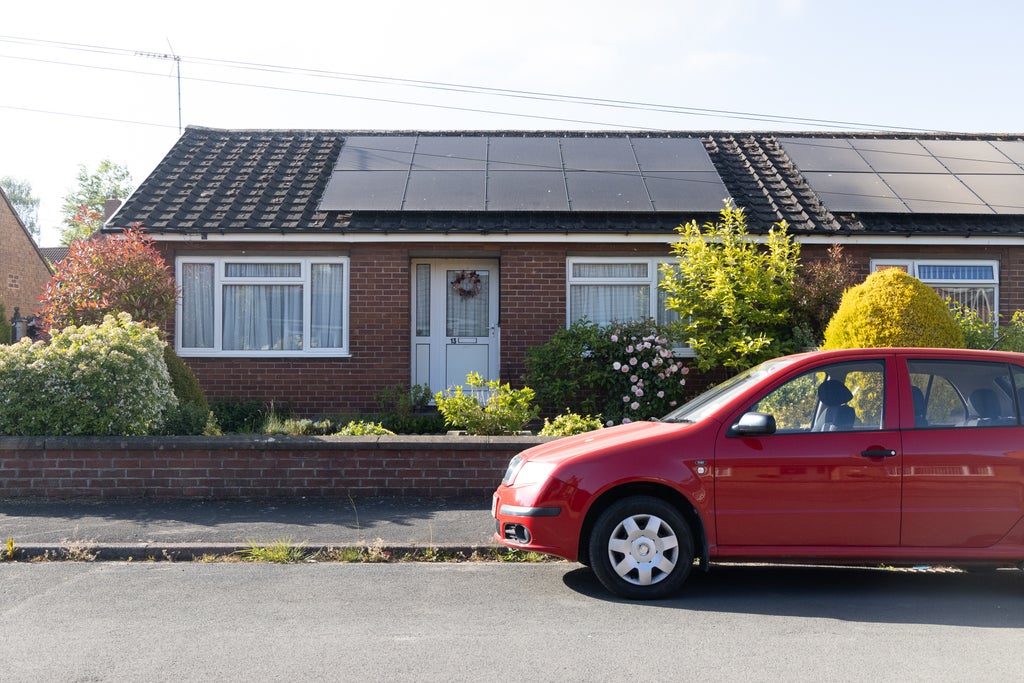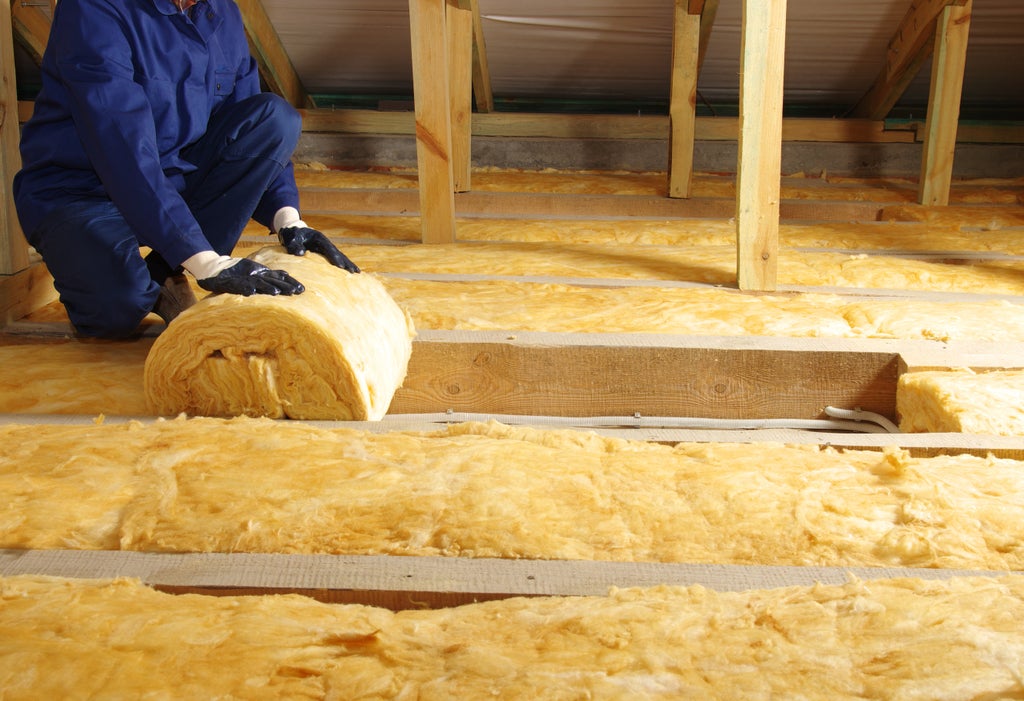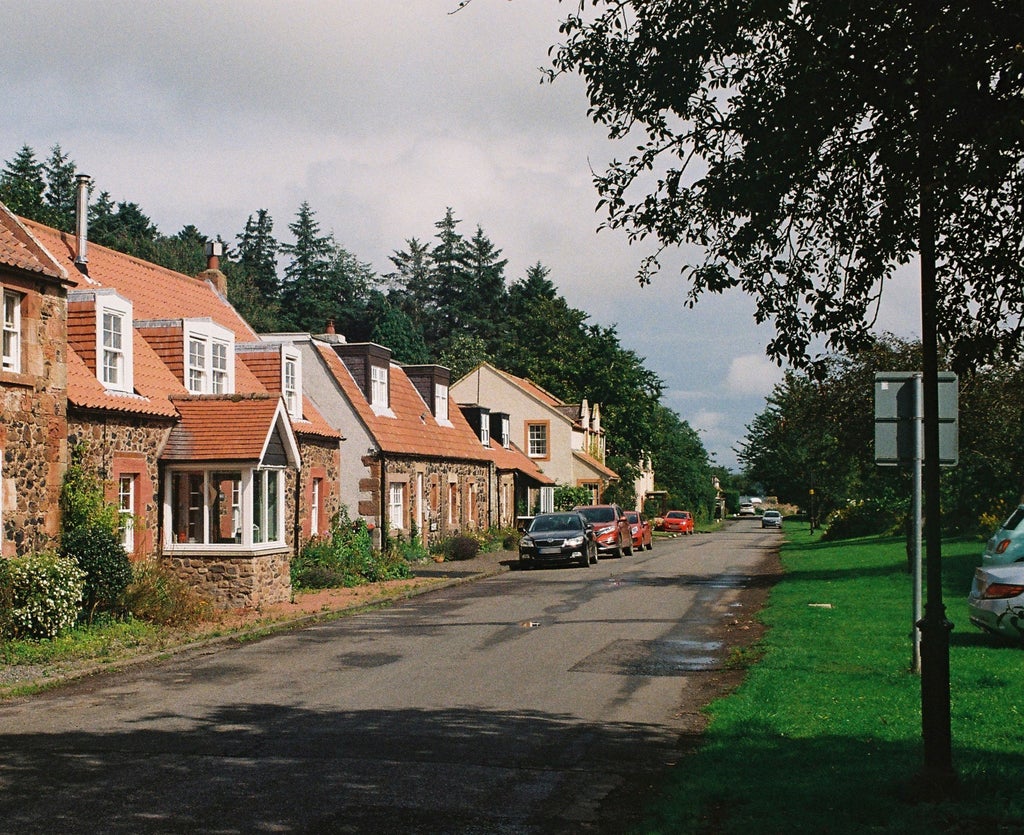The further delay to the Warm Homes Plan suggests ongoing debate across government.
With such negotiations comes the risk that key elements could be weakened to the detriment of the whole.

Uncertainty over the validity of EPCs and significant problems with installations are undoubtedly hurdles for those who see housing quality holding an important role in energy security and decarbonisation.
The answer to those issues cannot be to sideline housing quality from the policy mix.
The delivery of affordable energy bills in the 21st century can be effectively illustrated by a three-legged stool analogy. If any one of the three legs is weak or missing, the stool - representing stable, affordable energy bills - will be unstable and a risk for the future.
The three essential and interlinked legs are:
- Energy bill levies and taxation
- Housing quality and energy efficiency
- Decarbonisation of heat


1. Energy bill levies and taxation
This leg represents the cost structure of energy.
- Role: Energy bill levies (or policy costs) are typically added to bills to fund social programmes (like the Warm Home Discount and the Energy Company Obligation for vulnerable customers) and environmental schemes (like support for renewable generation). Currently, these are often disproportionately placed on electricity bills, making electricity more expensive than gas.
- Impact on affordability: The high cost of electricity acts as a disincentive to switch from fossil fuel heating to clean, electric alternatives like heat pumps, even though the latter are more efficient. This artificially inflates the running cost of low-carbon technology, trapping consumers (and the UK) into higher fossil fuel usage and hindering overall decarbonisation.
- Stabilising effect: Rebalancing these levies (e.g., shifting them from electricity to gas or funding them through general taxation) is crucial. This would make clean heating cheaper to run, providing a strong financial signal to consumers and accelerating the transition.
2. Housing quality and energy efficiency
This leg represents the demand reduction component.
- Role: The energy use of a home is heavily dependent on how its built. Quality of the housing stock depends on measures like better insulation (walls, lofts, floors), draught-proofing and double-glazing, with ventilation vital to air quality and avoiding damp and mould.
- Impact on affordability: A poor quality, leaky home loses heat rapidly, requiring a much higher volume of energy to keep warm. This leads to excessively high energy bills, irrespective of the energy source or its unit price. Poor housing quality is a key driver of fuel poverty and damp and mould – as damp, warm air condenses on cold walls.
- Stabilising effect: Investing heavily in retrofitting existing homes reduces the energy needed to heat them. This reduces the decarbonisation challenge facing generation and grid infrastructure and permanently lowers bills, making both existing heating systems and new low-carbon technologies (like heat pumps) more efficient and more affordable to run.
3. Decarbonisation of heat
This leg represents the long-term solution to a stable energy supply.
- Role: This involves transitioning from burning fossil fuels (primarily natural gas) for heat to using clean, low-carbon sources like heat pumps (powered by increasingly decarbonised and UK-sourced electricity) and heat networks. It is supported by demand-side flexibility, offered by domestic batteries and smart controls which help match demand to supply.
- Impact on Affordability: While the upfront cost of low-carbon technologies can be high, reliance on volatile global fossil fuel markets is the primary cause of long-term energy price instability and spikes. Decarbonising heat uses domestic, clean energy sources which offers a more stable and ultimately cheaper energy supply in the long run.
- Stabilising effect: The running cost of decarbonised heating systems is an obstacle to update, Policy stability, innovation in low-carbon technology, and schemes that reduce upfront costs (subsidies/grants) are vital to scaling up deployment and realising the long-term price benefits of clean, secure energy.
Balance required for overall success
All three legs need to be balanced and take their weight in delivering warm homes.
- If Housing Quality is poor, bills remain high even if clean heat and cheap electricity are available, as energy is simply wasted.
- If Energy Bill Levies and taxation mean clean heat appears too expensive to run, UK homes won't want to move to decarbonised options.
- If Decarbonisation of Heat is slow, the system remains reliant on expensive, volatile fossil fuels, meaning bills can spike regardless of efficiency or levies.
All three legs must be addressed concurrently with coordinated policy. If policy-makers seek a reduction in the ambition of one policy, there is a multiplier effect as the reduction will also affect the benefit realised from other policies.







